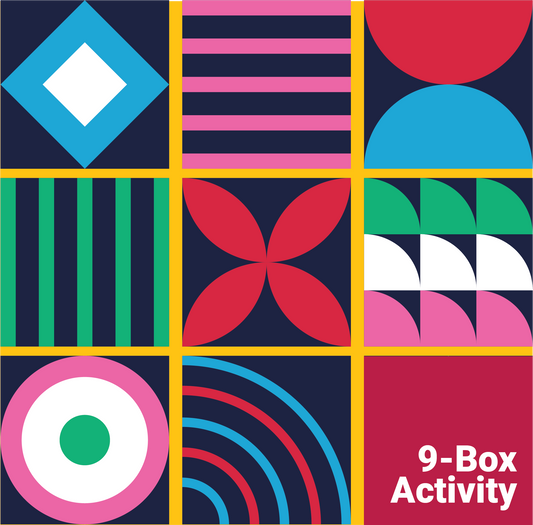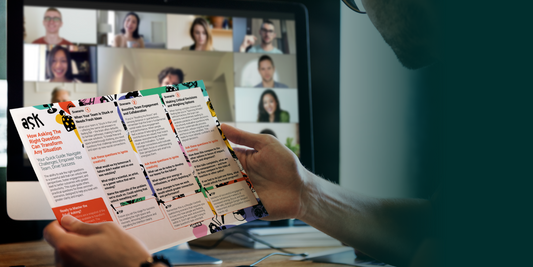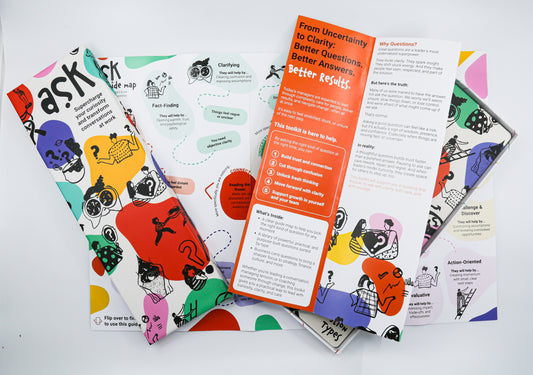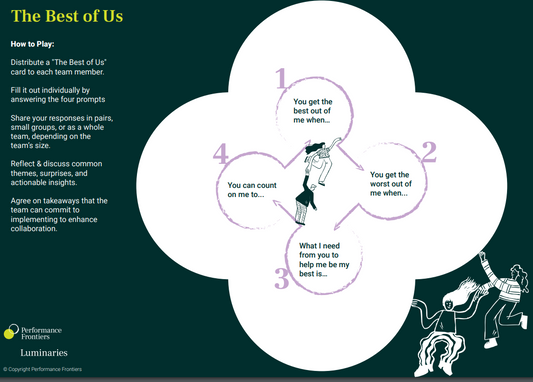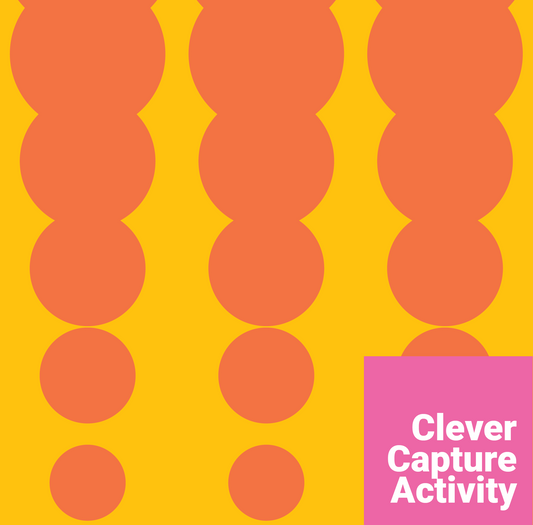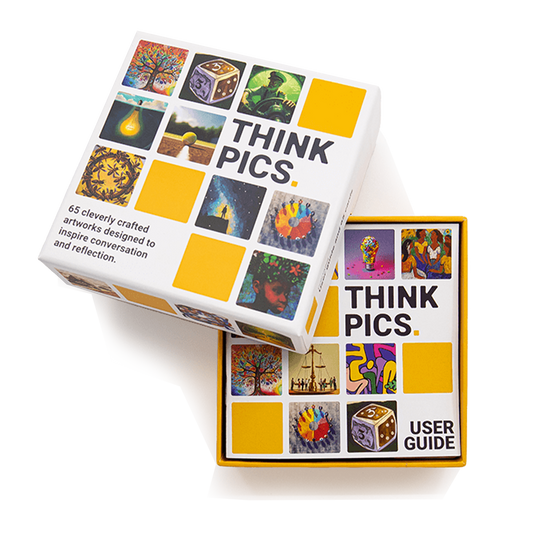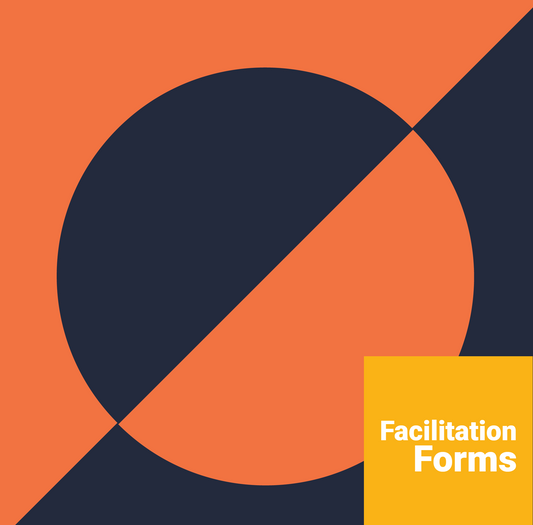We’re a business of less than twenty, but our partnerships are deep and enduring, and we’ve co-created and supported many broad organisational transformations in our twenty-one years of existence.
We believe that one of the key contributing factors to our ability to facilitate large impact, is our creative engine and heart. Almost all our facilitators, designers, and writers have Arts and Theatre backgrounds.
How can that work, you think? How can a group without business backgrounds influence the world of bottom lines and KPIs?
Well, with creativity as our driving force — the wellspring for our energy and ideas — comes the ability to sit in abundance in almost any situation, and to see opportunities and alternative mindsets, when others may feel stuck.
By nature, our creativity engages as happily with grit and tension, as it does with expansive opportunities, because we know how to play, and dream and imagine. Those attributes help us see around corners and over horizons, to what could be.
Though some may experience a wrinkle of concern that a creative team might flounder when situated in a business context. It wouldn’t be the first time creativity has been treated with unwarranted reservation.
Creativity in Business
As we step into the values-driven Age of Affinity, the business world is beginning to wholly embrace the worth of a creative mindset. Creative thinkers are no longer the outliers, and this is why:
Underestimate creativity at your peril
The environment is right for creative thinkers. Since the Age of Enlightenment, rationality, and reductionism have held greater weight in business than creativity. But as we continue to try and find balance in our pandemic-affected VUCA world, we are recognising the value of the creative mindset in fostering adaptability, versatility and flexibility. Our very survival depends on it.
Work Can Be Fun
Scientists have long known that play is an important function stemming from the limbic system of the brain. It creates new pathways in the pre-frontal cortex that enhance our connection and socialisation. Creative people adapt well to new environments because they have a well-developed “play” muscle, which they can use to create new strategies and partnerships. Playfulness at work also means we get to practice important skills such as collaboration, empathy and problem solving.
It’s Married to Innovation
While creativity seeks to express ideas, innovation seeks to apply them. They are the hand-and-glove of human progress. Without creativity, innovation would falter. Without innovation, creativity would amount to nothing. One is a natural extension of the other. By sharpening our creativity, it’s inevitable that we will also elevate our innovative capacity.
It’s Future Proof
Let’s face it, over the next decade or so, most process-oriented jobs will be automated, opening up the opportunity for retraining in different kinds of roles, that require different kinds of thinking. In this new and evolving landscape, the ability to think creatively will offer us the advantage in finding job satisfaction. It is a top foundational skill for the future according to the World Economic Forum.
It’s Flexible
According to research, the “semantic network [relationships between concepts] of high creative individuals is more robust to attack, thus more flexible.” This means not only will the creative mindset bend, not break, but it plays a crucial role in the generation of new ideas and solutions.
Keeping our Creativity Generative
Whether you see yourself as creative or you’re keen to expand your creative mindset, it’s important to nourish the source. Creativity thrives:
- in autonomy — we need space to think
- in collaboration — we need spark and bounce
- in curiosity — we need “the why” and “the what if”
- in a judgement-free space — we need to safely spread our wings
- where there is passion — we love the energy loop
And remember…
“Creativity requires the courage to let go of certainties.” Erich Fromm.

